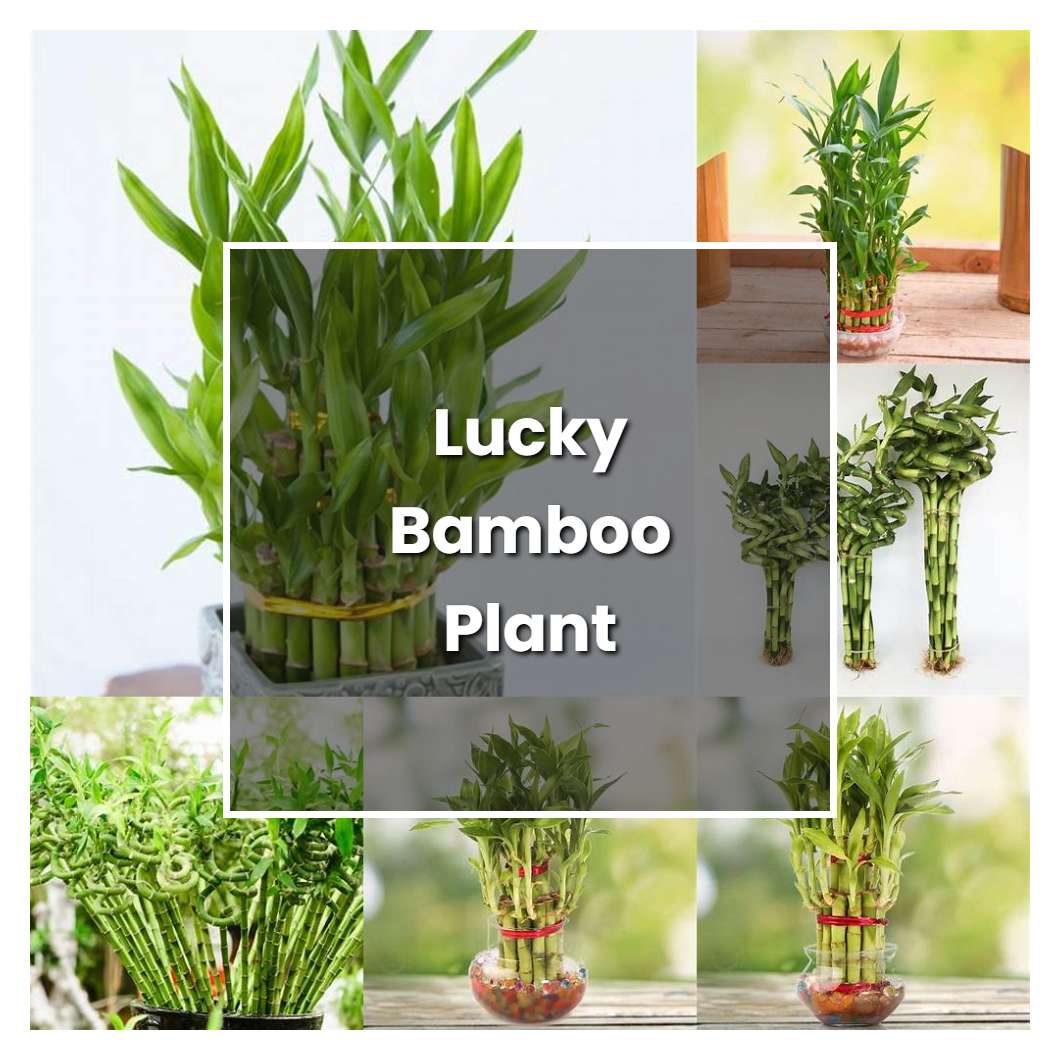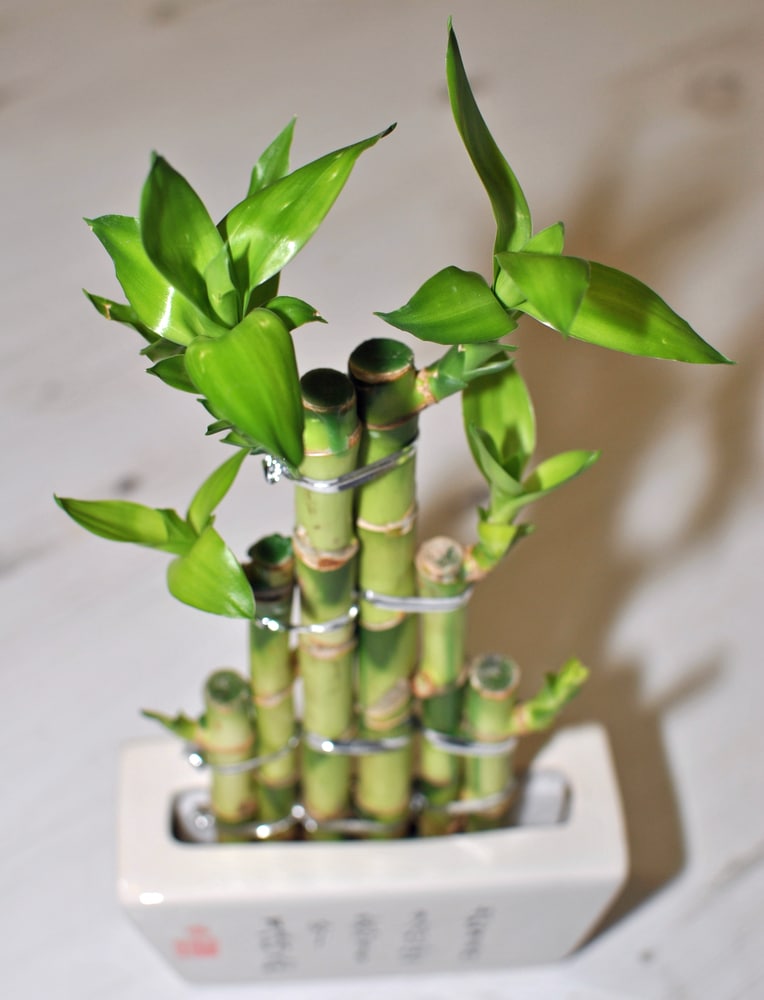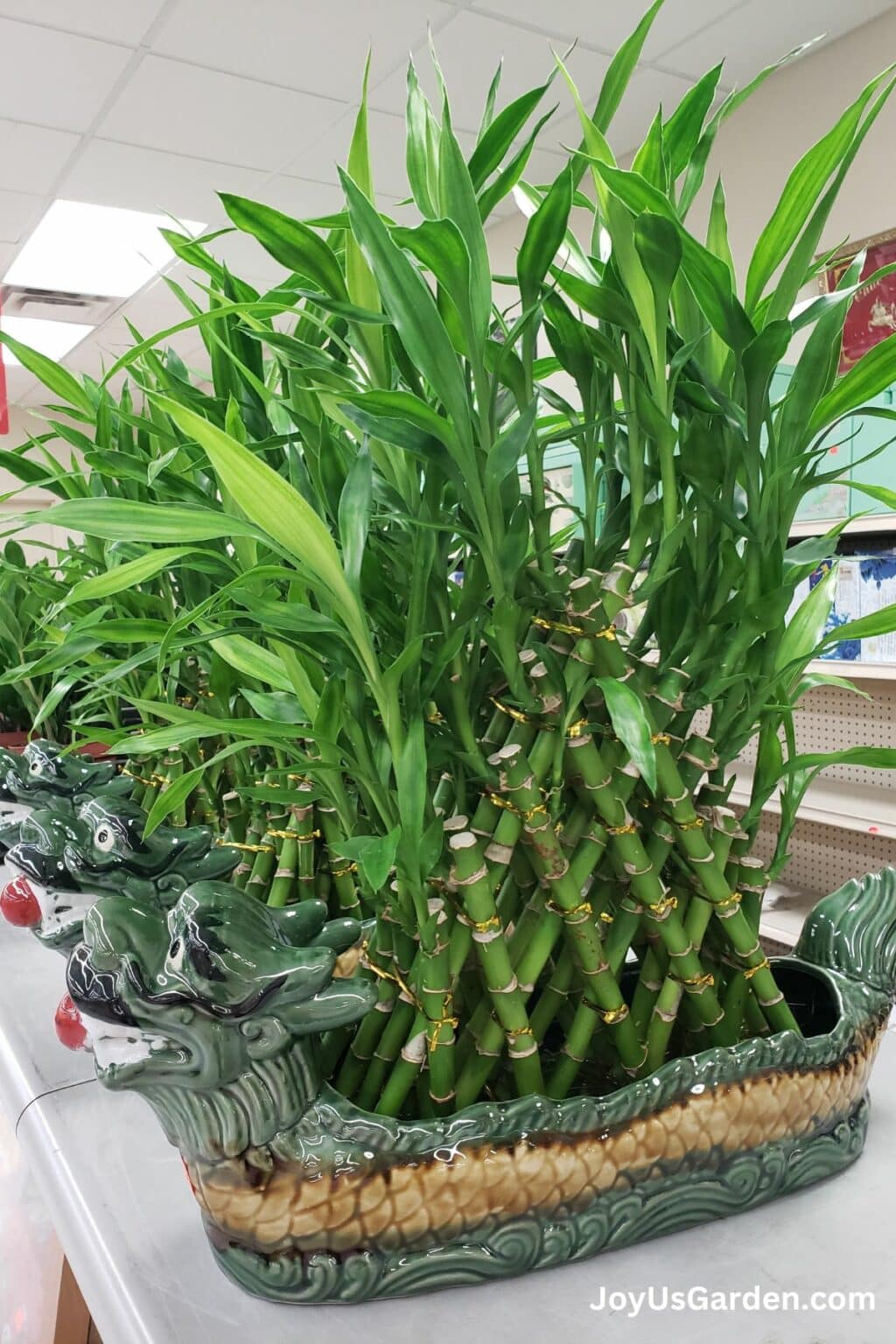Choosing the Right Environment for Your Lucky Bamboo
When it comes to creating the ideal environment for your lucky bamboo plant, there are several factors to consider. Lighting, temperature, and humidity all play a crucial role in determining the health and well-being of your plant. Lucky bamboo plants can thrive in a variety of lighting conditions, but they generally prefer bright, indirect light. Placing your plant near an east- or west-facing window is ideal, as this will provide the necessary light without causing the leaves to become scorched.
In terms of temperature, lucky bamboo plants prefer temperatures between 65-75°F (18-24°C). Avoid placing your plant near heating or cooling vents, fireplaces, or drafty windows, as this can cause the temperature to fluctuate. Humidity is also an important factor, as lucky bamboo plants prefer a relatively high humidity level of 40-60%. You can increase the humidity around your plant by placing it on a tray filled with water and pebbles or using a humidifier.
When selecting a location for your lucky bamboo plant, consider the air circulation and avoid placing it in areas with stagnant air. This can help prevent the growth of mold and mildew, which can be detrimental to the health of your plant. By providing your lucky bamboo plant with the right environment, you can help it thrive and enjoy the many benefits it has to offer.
Watering Your Lucky Bamboo: The Key to Success
Watering is one of the most critical aspects of how to look after a lucky bamboo plant. Lucky bamboo plants prefer moist soil, but overwatering can be detrimental to their health. To determine the right watering schedule for your plant, check the soil moisture by sticking your finger into the soil up to the first knuckle. If the soil feels dry, it’s time to water your plant.
When watering your lucky bamboo plant, make sure to use filtered or distilled water. Tap water can contain high levels of chlorine and fluoride, which can harm your plant. Water your plant thoroughly, making sure the pot drains well to prevent waterlogged soil. Avoid getting water on the leaves or crown of the plant, as this can cause rot and other problems.
Underwatering can also be a problem for lucky bamboo plants. If the soil is too dry for an extended period, the plant may begin to yellow or drop its leaves. To prevent this, make sure to water your plant regularly, especially during the spring and summer months when it’s actively growing.
By following these watering tips, you can help your lucky bamboo plant thrive and enjoy the many benefits it has to offer. Remember, the key to successful watering is to find a balance between keeping the soil moist and avoiding overwatering.
Fertilizing Your Lucky Bamboo for Optimal Growth
Fertilizing is an essential part of how to look after a lucky bamboo plant. Lucky bamboo plants require a balanced diet of nutrients to promote healthy growth and development. Using a high-quality, water-soluble fertilizer specifically designed for aquatic plants can provide your lucky bamboo plant with the necessary nutrients.
When fertilizing your lucky bamboo plant, it’s essential to follow the instructions on the fertilizer package carefully. Overfertilizing can be detrimental to your plant’s health, causing more harm than good. A general rule of thumb is to fertilize your lucky bamboo plant once a month during the spring and summer months when it’s actively growing.
There are several types of fertilizers available for lucky bamboo plants, including liquid fertilizers, tablet fertilizers, and granular fertilizers. Liquid fertilizers are the most common type and are easy to apply. Tablet fertilizers are also popular and provide a slow release of nutrients. Granular fertilizers are less common but can provide a more intense dose of nutrients.
When choosing a fertilizer for your lucky bamboo plant, look for a product that is specifically designed for aquatic plants and contains a balanced mix of nutrients. Avoid using fertilizers that contain high levels of nitrogen, as this can cause more harm than good. By fertilizing your lucky bamboo plant regularly, you can promote healthy growth and development, and keep your plant thriving.
Pruning and Training Your Lucky Bamboo for Maximum Impact
Pruning and training are essential parts of how to look after a lucky bamboo plant. Pruning helps maintain the plant’s shape, promotes healthy growth, and encourages new shoots to form. Training, on the other hand, helps control the plant’s height and direction, making it a great option for small spaces or unique displays.
To prune your lucky bamboo plant, start by removing any dead or damaged leaves or stems. Use a pair of clean scissors or pruning shears to make clean cuts, and avoid tearing the plant’s tissues. Next, trim back any overgrown stems or leaves to maintain the plant’s shape and promote new growth.
Training your lucky bamboo plant is a bit more involved, but can be done with a few simple steps. Start by selecting a few stems to train, and gently bend them into the desired shape. Use a stake or trellis to support the stems, and tie them in place with a soft material like twine or wire. As the plant grows, continue to prune and train it to maintain the desired shape.
Some popular training techniques for lucky bamboo plants include the “twist” method, where the stems are twisted together to form a unique shape, and the ” cascade” method, where the stems are trained to cascade down a surface. With a little patience and practice, you can create a stunning display of lucky bamboo that will add beauty and elegance to any room.
Common Problems and Pests: How to Identify and Solve Issues
Despite their hardiness, lucky bamboo plants can be susceptible to certain problems and pests. One of the most common issues is root rot, which can occur when the plant is overwatered or the soil is too dense. To prevent root rot, make sure to water your plant carefully and avoid getting water on the leaves or crown.
Spider mites and mealybugs are also common pests that can affect lucky bamboo plants. These tiny insects can cause damage to the leaves and stems, and can be difficult to spot. To identify spider mites, look for fine webbing on the leaves or stems. Mealybugs can be identified by their white, cottony appearance.
To solve these issues, start by isolating the affected plant to prevent the problem from spreading. Next, treat the plant with a gentle insecticide or fungicide, following the instructions on the label carefully. For root rot, repot the plant in fresh soil and reduce watering to prevent further damage.
Other common problems that can affect lucky bamboo plants include leaf drop, yellowing leaves, and slow growth. These issues can often be caused by environmental factors, such as low light or temperature fluctuations. To address these issues, adjust the plant’s environment to provide optimal conditions, and consider fertilizing the plant to promote healthy growth.
Repotting Your Lucky Bamboo: When and How to Do It
Repotting is an essential part of how to look after a lucky bamboo plant. Lucky bamboo plants typically need to be repotted every 1-2 years, as their roots can become pot-bound and prevent the plant from growing. To determine if your lucky bamboo plant needs to be repotted, check the roots by gently removing the plant from its pot. If the roots have filled the pot and are growing out of the drainage holes, it’s time to repot.
When repotting your lucky bamboo plant, choose a pot that is only slightly larger than the original one. Lucky bamboo plants prefer to be slightly root-bound, so a pot that is too large can cause the plant to become leggy and weak. Use a well-draining potting mix and a pot with good drainage holes to prevent waterlogged soil.
To repot your lucky bamboo plant, start by gently removing the plant from its pot. Trim back any dead or damaged roots, and then place the plant in its new pot. Add fresh potting mix around the roots, making sure not to bury the crown of the plant. Water the plant thoroughly after repotting, and then reduce watering to prevent root rot.
Repotting your lucky bamboo plant can be a bit tricky, but with the right techniques and materials, you can give your plant the best chance to thrive. By repotting your plant regularly, you can keep it healthy and promote new growth, ensuring that your lucky bamboo plant remains a beautiful and thriving addition to your home or office.
Maintaining Your Lucky Bamboo’s Health and Longevity
By following the tips and guidelines outlined in this article, you can help maintain your lucky bamboo plant’s health and longevity. Remember to provide your plant with the right environment, water it properly, fertilize it regularly, prune and train it to maintain its shape, and repot it as needed.
In addition to these tips, there are a few other things you can do to keep your lucky bamboo plant healthy and thriving. One of the most important things is to monitor your plant’s condition regularly, looking for signs of pests, diseases, or nutrient deficiencies. By catching any problems early, you can take action to prevent them from becoming more serious.
Another way to maintain your lucky bamboo plant’s health is to provide it with a varied and balanced diet. This can include using a high-quality fertilizer, as well as providing your plant with occasional treats like a balanced fertilizer or a soil conditioner.
Finally, don’t forget to enjoy your lucky bamboo plant and appreciate its beauty and benefits. By following the tips and guidelines outlined in this article, you can help keep your plant healthy and thriving, and enjoy its many benefits for years to come.
Do you have any experience with lucky bamboo plants? Share your tips and experiences in the comments below!
Maintaining Your Lucky Bamboo’s Health and Longevity
By following the tips and guidelines outlined in this article, you can help maintain your lucky bamboo plant’s health and longevity. Remember to provide your plant with the right environment, water it properly, fertilize it regularly, prune and train it to maintain its shape, and repot it as needed.
In addition to these tips, there are a few other things you can do to keep your lucky bamboo plant healthy and thriving. One of the most important things is to monitor your plant’s condition regularly, looking for signs of pests, diseases, or nutrient deficiencies. By catching any problems early, you can take action to prevent them from becoming more serious.
Another way to maintain your lucky bamboo plant’s health is to provide it with a varied and balanced diet. This can include using a high-quality fertilizer, as well as providing your plant with occasional treats like a balanced fertilizer or a soil conditioner.
Finally, don’t forget to enjoy your lucky bamboo plant and appreciate its beauty and benefits. By following the tips and guidelines outlined in this article, you can help keep your plant healthy and thriving, and enjoy its many benefits for years to come.
By learning how to look after a lucky bamboo plant, you can enjoy the many benefits that these plants have to offer. With proper care and maintenance, your lucky bamboo plant can bring beauty, tranquility, and good fortune into your home or office.


:max_bytes(150000):strip_icc()/meaning-of-lucky-bamboo-1902901-04-dafdd384c9454800b03f00b5f6668d7e.jpg)
:max_bytes(150000):strip_icc()/propagate-lucky-bamboo-1902933-04-1b84b5c582fb46b6a188e8159e49cd3d-0c0988e72f81439cb42c625124ac8d6c.jpg)




.jpg)
:max_bytes(150000):strip_icc()/growing-lucky-bamboo-1902994-06-5e6baa99d24943258e26c04cbe15d308.jpg)